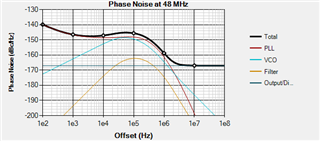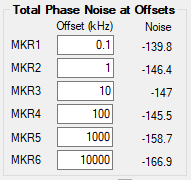Other Parts Discussed in Thread: LMK04208, LMK03318
Hello CTS team,
my customer is currently considering our LMK04133 or LMK04208, asked if these devices support clipped sinewave clock input and outputs?
- Input reference clock: 10MHz, Clipped sinewave (0.8-1.5vpp) or LVCMOS
- Output clocks: 10MHz CMOS - 1 output, 48MHz Clipped sinewave (0.8-1.5vpp) - 2 outputs
Thanks.




